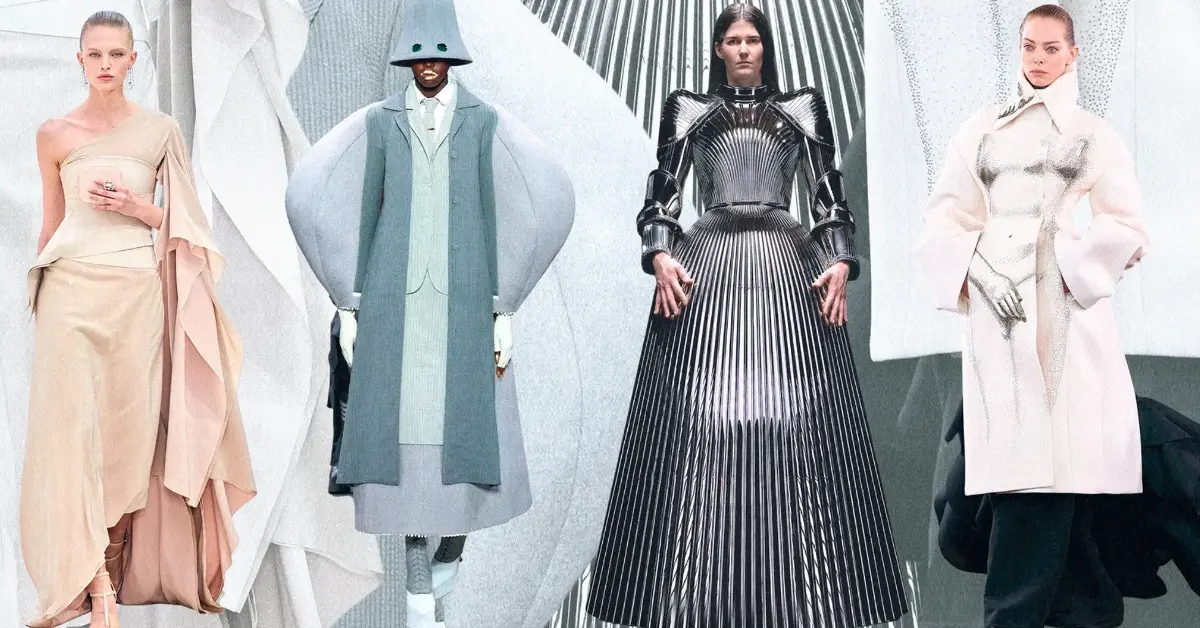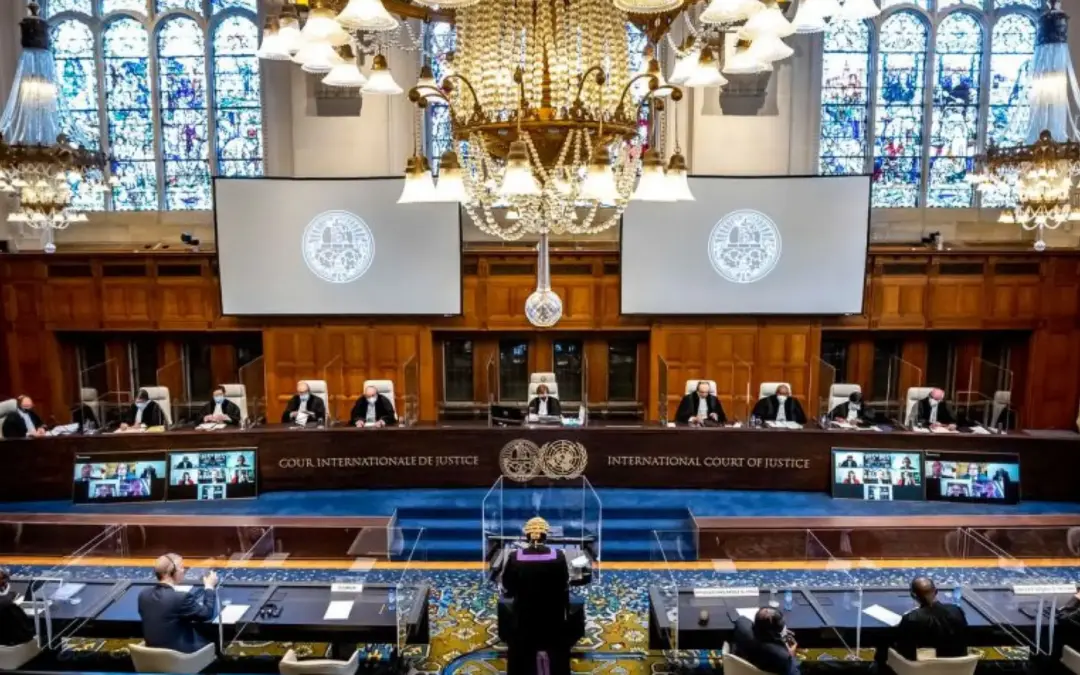Fashion has always been more than just clothing; it is a reflection of society, a canvas for self-expression, and a means of communication.
Throughout history, fashion culture has exhibited fascinating patterns of collective behavior, shaped by consumer culture, and even influenced social control mechanisms. In this article, we delve into the intriguing world of fashion, exploring its dynamic interplay with various aspects of society.
Understanding Collective Behavior in the Fashion World
Fashion is a dynamic realm, where trends and styles emerge, evolve, and fade away. The adoption of specific clothing styles, accessories, or even colors often stems from collective behavior. As individuals seek to identify with social groups and belong to a specific community, they subconsciously adopt the prevailing fashion trends within those groups.
This collective behavior can be driven by celebrities, influencers, or even certain societal events. Understanding the mechanisms behind these trends is crucial for designers and marketers to stay ahead in the fashion industry.
The Impact of Consumer Culture on Fashion Trends
Consumer culture plays a pivotal role in shaping the direction of fashion. In today’s hyper-connected world, where trends spread like wildfire through social media and e-commerce platforms, the demands of consumers influence designers’ choices.
The fast fashion industry, characterized by rapid production and low-cost clothing, is a direct outcome of consumer culture’s desire for the latest styles at affordable prices. However, this rapid turnover of trends raises questions about sustainability and its consequences on society and the environment.
Fashion Culture and Its Role in Social Control
Fashion has long been employed as a tool for social control, both overtly and subtly. Governments and institutions have historically used dress codes and uniforms to exert authority and enforce conformity.
On the other hand, fashion culture has also facilitated social protest and resistance movements. Subcultures have used fashion to express dissent and challenge established norms, showcasing the intricate relationship between fashion and social control.
Unveiling Conspicuous Consumption in the Fashion Industry
Conspicuous consumption, a term coined by sociologist Thorstein Veblen, refers to the act of purchasing and displaying luxury goods to demonstrate one’s wealth or social status. The fashion industry, with its array of luxury brands and designer products, thrives on conspicuous consumption.
Owning expensive and exclusive items becomes a status symbol, perpetuating a culture of materialism and social comparison. As fashion becomes increasingly intertwined with conspicuous consumption, the effects on society’s values and priorities warrant examination.
Examining Fashion Culture’s Link to Stratification
Stratification in the fashion world refers to the hierarchical division of consumers based on their access to resources, such as income and social status. High-end luxury brands cater to an elite clientele, while more affordable options target the broader consumer base.
This division can reinforce social inequalities, leading to the perpetuation of exclusivity and limited accessibility to certain styles or brands. Recognizing the implications of stratification in fashion is crucial for promoting inclusivity and diversity within the industry.
Conclusion
Fashion culture is an intricate tapestry woven into the fabric of society, reflecting and influencing collective behavior, consumer culture, and social control. Understanding the interplay between these elements is essential for stakeholders in the fashion industry to create a more sustainable, inclusive, and socially conscious environment.
By embracing diversity and challenging traditional norms, fashion can become a powerful force for positive change, both in the way we express ourselves and in how we shape the world around us.











